Student Leadership Council aims to improve school culture, climate
Photo submitted by Cornelius Rish
School director Paula O’Loughlin meets with members of the Student Leadership Council to discuss new ideas and plans. They all gather in their typical meeting spot, the main forum room.
The Student Leadership Council, led by cultural liaison Cornelius Rish and co-advised by school director Paula O’Loughlin, is a student organization specifically meant to improve the culture and climate in school. It was formed last year in hopes to partner with the school administration to directly solve issues like racial injustice and equity in schools and to provide a safe and welcoming learning environment for all students.
Meetings are held every Thursday morning in the main forum, and the whole organization gathers together to share ideas on how to overall improve the school.
The council initially started with a vision Rish had. He believed there was not enough communication between students, teachers, the administration and the community. He saw the blind spots between adults and teens and he knew they needed to be addressed.
“Once you get that understanding on both sides, you’re really able to move forward and you’re able to have a lot more transparency,” Rish said.
The council starts with four main committees, which include specific students in the organization that tackle a certain topic. One is accountability, which works to address racial harm done in school and to take direct action in order to hold an aggressor accountable. Another group is curriculum and instruction. With this aspect of the SLC, a new course, Ethnic Studies, has been able to be welcomed into our school for next year, something “students have been wanting from the administration for years,” Rish said.
It also looks at if there are enough people of color being represented in classrooms with posters, books and curriculum. Safe space is another committee that focuses on students’ mental health and safe environments in school, such as a prayer room for Muslim students. The last group is the culture and climate committee. This group works on figuring out what the main issues are that impact students and they work together to find solutions.
Last year, the Student Leadership Council held a conference with around 200 students for the purpose of connecting with them to understand where they wanted to see improvement in our schools. The goal was to allow students to have a say in change rather than having the administration make changes for them. With this conference, those four areas came to life Rish said.
The council focuses on valuing all students no matter what background and a motto that represents this is ‘See All, Support All, Serve All’, something Rish came up with himself.
As of right now, their main focus is to work with the administration to address racially motivated incidents, plan conferences for BLAST Week, work with teachers and administrators to improve curriculum, teaching, and learning, and collaborate with student organizations to address students’ mental health.
“In order to improve Stillwater High School in particular, that collaboration is important,” Rish explained.
Decisions relating to school changes and student life never actually included student opinion, so with the council, it can “rectify that situation and get us involved,” senior Mushtaq Ibrahim, a member of the SLC, said.
The Student Leadership Council strives for equality in school, and when a conflict that is racially motivated occurs they encourage bystanders to speak out for those who cannot.
“If you speak up it makes a huge amount of change. I, as a marginalized student here 100% appreciate when somebody says something because even for me, it’s scary to say things. So just speaking up, making awareness, and calling out not only peers, but teachers and admin as well is really important,” Ibrahim him.
To ensure our school is more inclusive, junior Ava Roots, another member of the SLC, and Ibrahim believe diversity in the school’s curriculum should increase and racist ideas in the curriculum should be addressed, one of the issues the SLC is currently working towards.
“Reversing the normalization of racial slurs in classrooms along with academics is important. Just kind of separating racism and racist things that may show up in curriculum from classrooms can help improve the school,” Ibrahim said.
The council also believes every student should feel welcome, and an extra effort should be enforced in order to connect students with their school. Not only should the tangible resources be accessible, but the intangible ones as well.
“The Student Leadership Council really comes in to help bring to life some of those intangible resources that students need to be their best and to shine and to really feel that they can have that ownership and that self-direction in their own learning and that connectedness to the school and a true sense of belonging, beyond just feeling welcomed,” O’Loughlin said.
As a whole, the Student Leadership Council wishes to make school not only a place to learn, but a place for students to be themselves and feel safe.
“I think that the most important thing that students need to have at school is just the ability to just exist and take space because I think that often the social atmosphere being harmful, in terms of slurs and jokes, can really push people to be uncomfortable in a space where they need to be.” Ava Roots said.
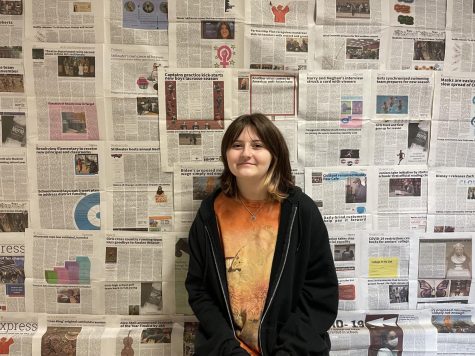
My name is Taya Hehn and I am in 11th grade. I am a photography editor and a copy editor. I'm not in any clubs or sports, but I do really enjoy art and...


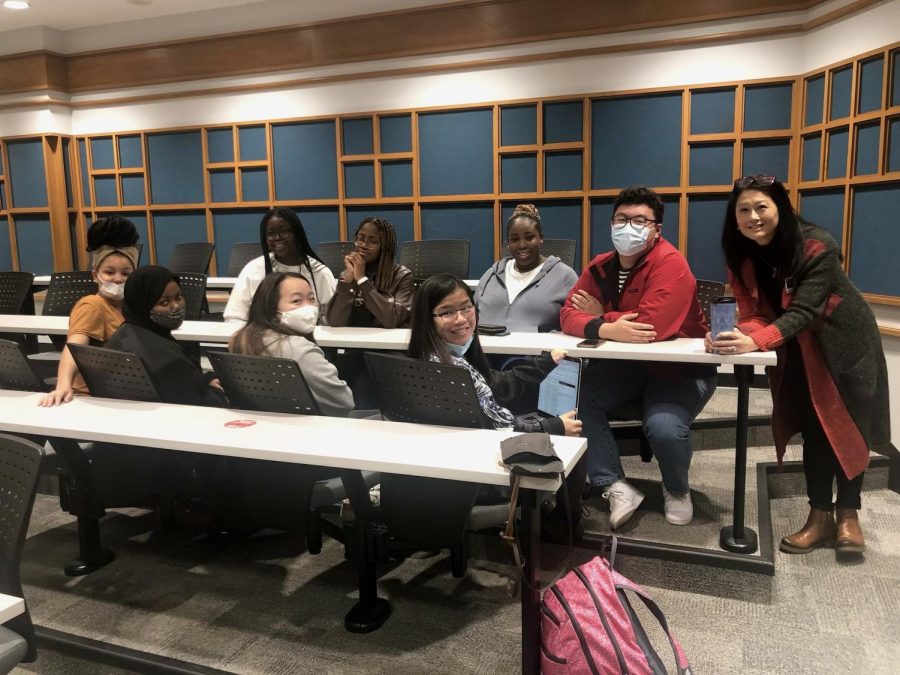
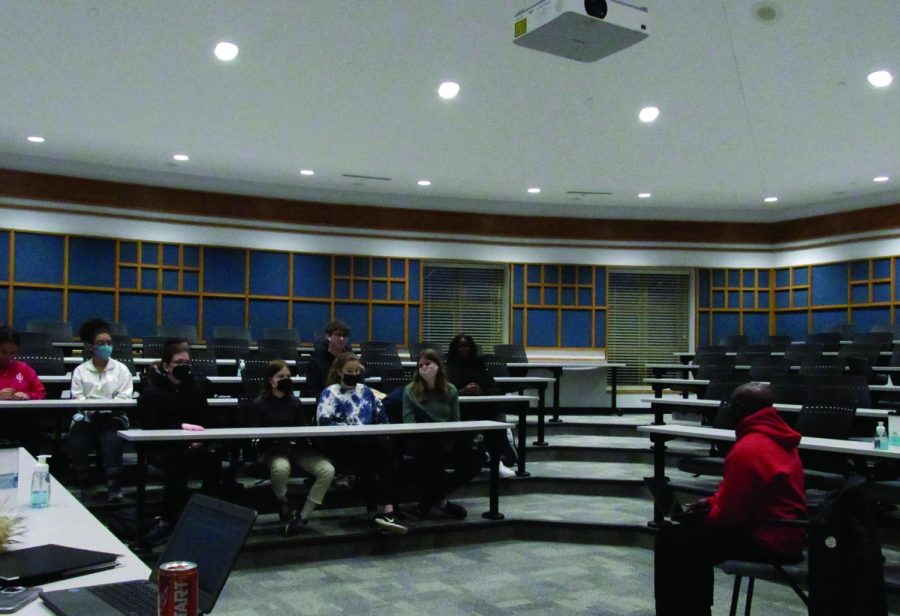
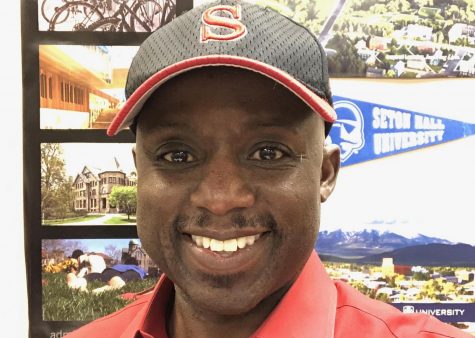
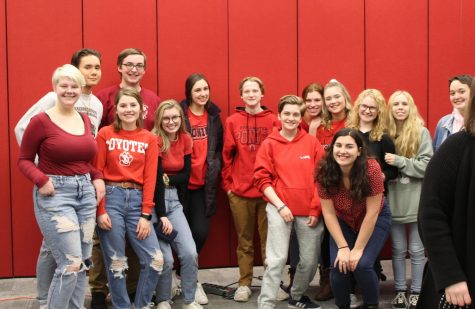
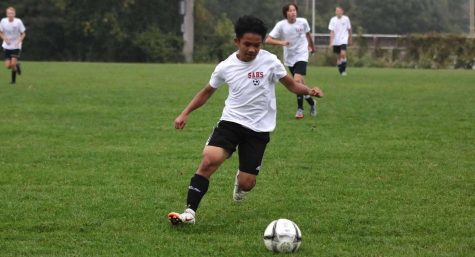
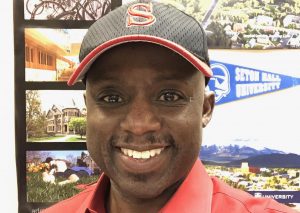
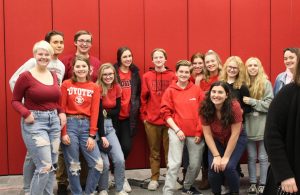
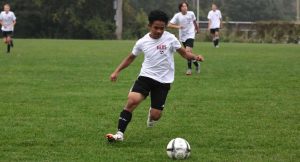
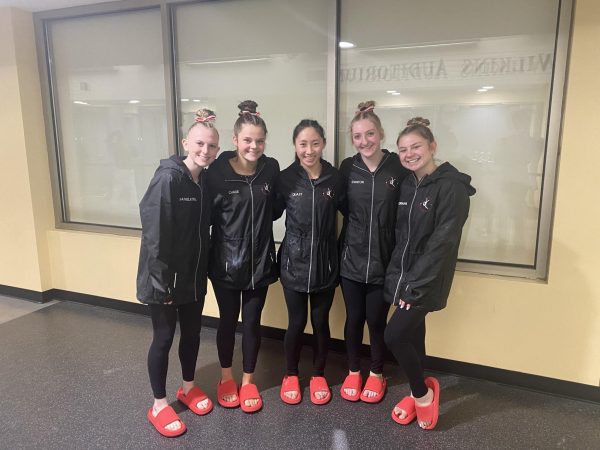
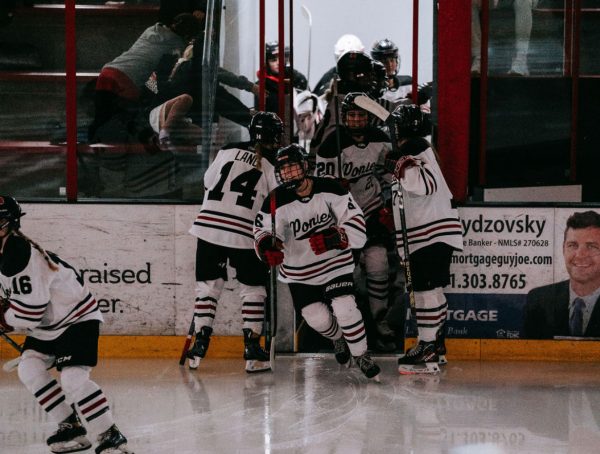
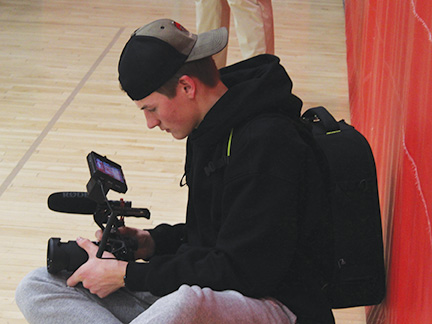
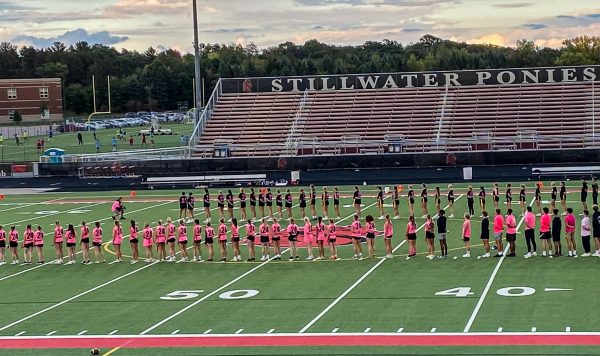
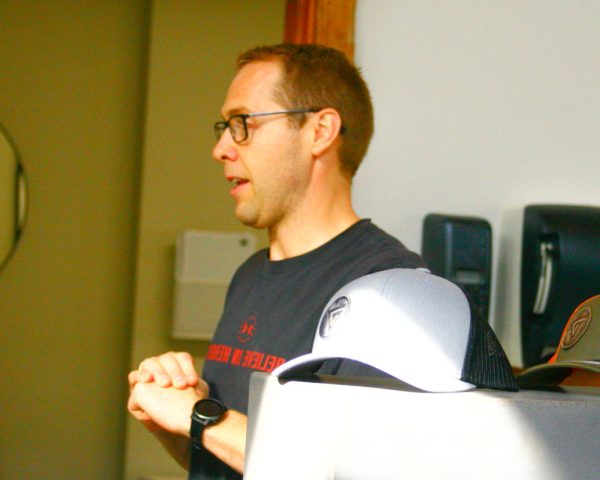
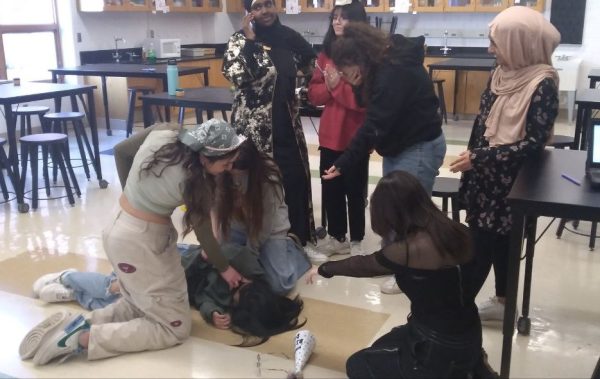
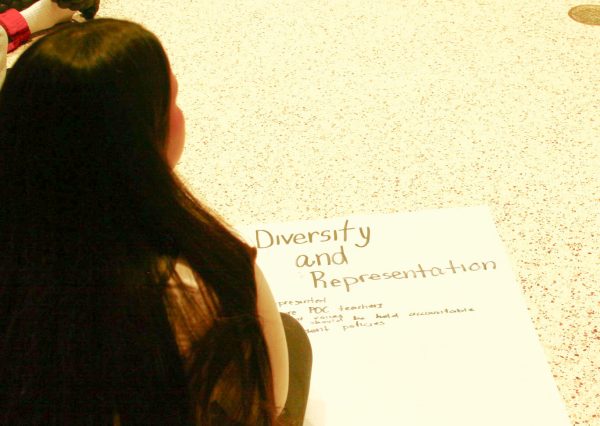
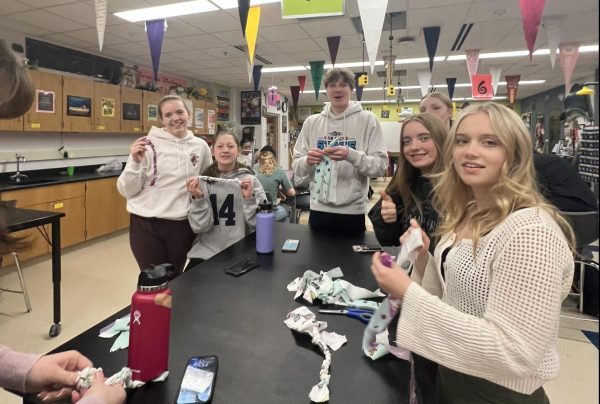
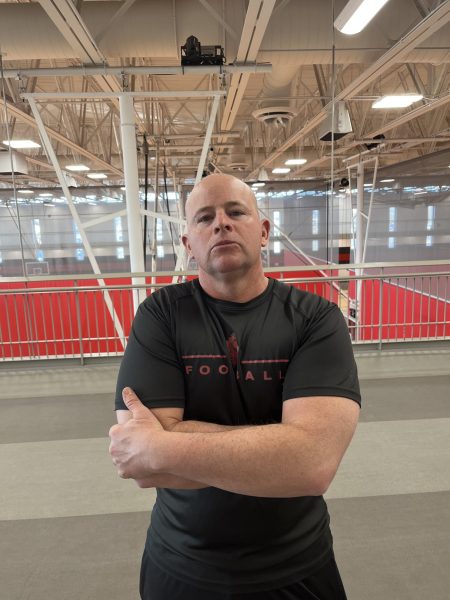
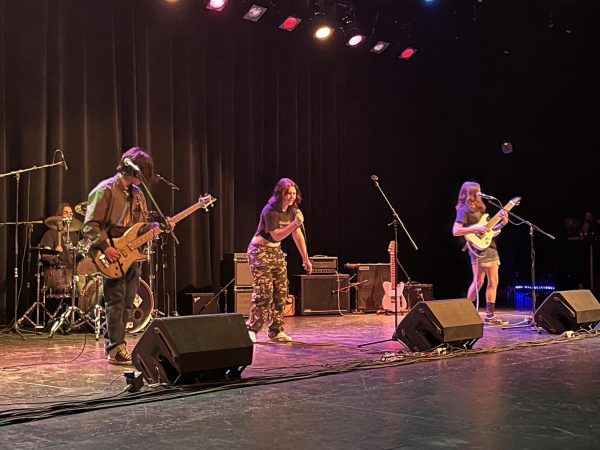
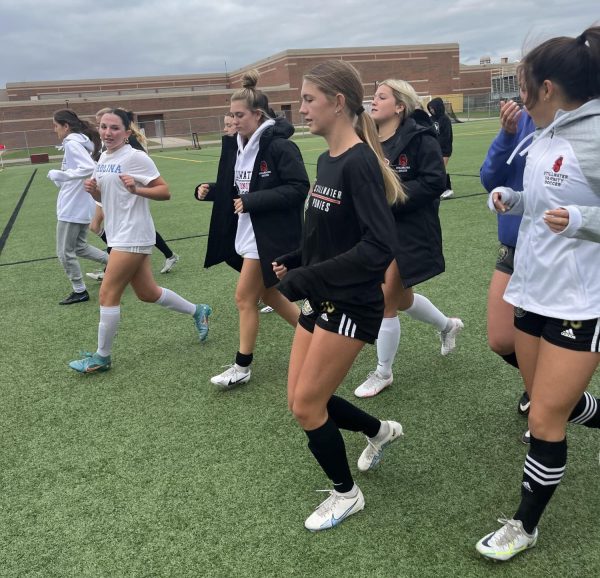
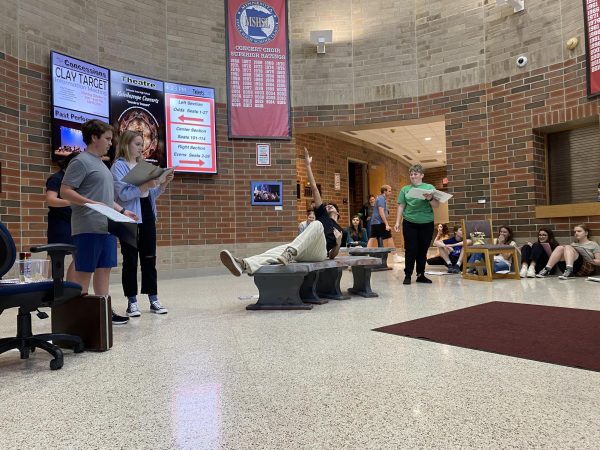
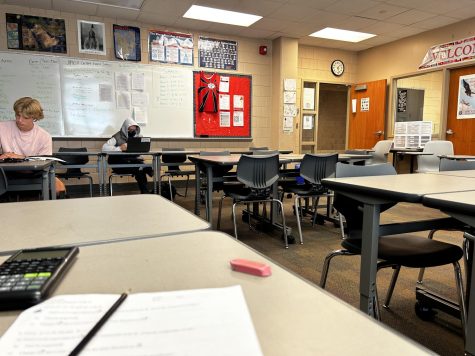
Tyler Quade • Feb 15, 2022 at 10:28 am
Great job on including the 5ws and how right away in the first paragraph. I really like how you established what the story was about, and then went back to give more details and explain how the club actually came around. In the 13th paragraph, it looks like there may be a spelling error in the accreditation for the quote, but I may also just be reading it wrong. You did a good job on organizing the article though, and I could tell all of your interview questions were good. The quotes you chose were perfect, and went with the story smoothly. Great work!
Delaney Clendenen • Feb 14, 2022 at 8:54 am
I love your story. I like how you transitioned into Rish’s vision. The transitions in general are really good. Awesome job!
Ruby Suro • Feb 13, 2022 at 7:06 pm
This article captured the purpose and meaningfulness of SLC. It creates an atmosphere for the reader as if they are included in the meetings of SLC as well. You made a lot of great points in the quotes you chose.
Hunter • Feb 13, 2022 at 1:13 pm
I love how informative it is and really shows what SLC is about and what they do. You had really strong fact and quote paragraphs. Nice job!
Sydney Rodd • Feb 13, 2022 at 12:24 pm
Very good information and quotes from a variety of sources. This article really digs into the meaning of the SLC and what its goals are. It shows the dedication you had to this article and the amount of research you put into it to make sure it was the best it could be.
Chelsea Stahl • Feb 13, 2022 at 11:02 am
You did a really good job getting all the information and points across while keeping it exciting. You also had very strong quotes and it was obvious that you had a lot of research and knew what you were talking about.
Nissa Wilcox • Feb 8, 2022 at 8:27 am
You got good quotes from a variety of sources which made the story very well-rounded. You did a great job of explaining to the reader what the SLC is, why it was created, and what its goal is.
Jasmine Allison • Jan 31, 2022 at 8:26 am
I really like how you included both Mr. Rish and two prominent students in the SLC. I also like how you talked about the past present and future of SLC which gives nice context. I like how much “digging” you did to get to the meat of the SLC which is nice since a lot of people don’t know what is actually happening in SLC (I am in SLC).